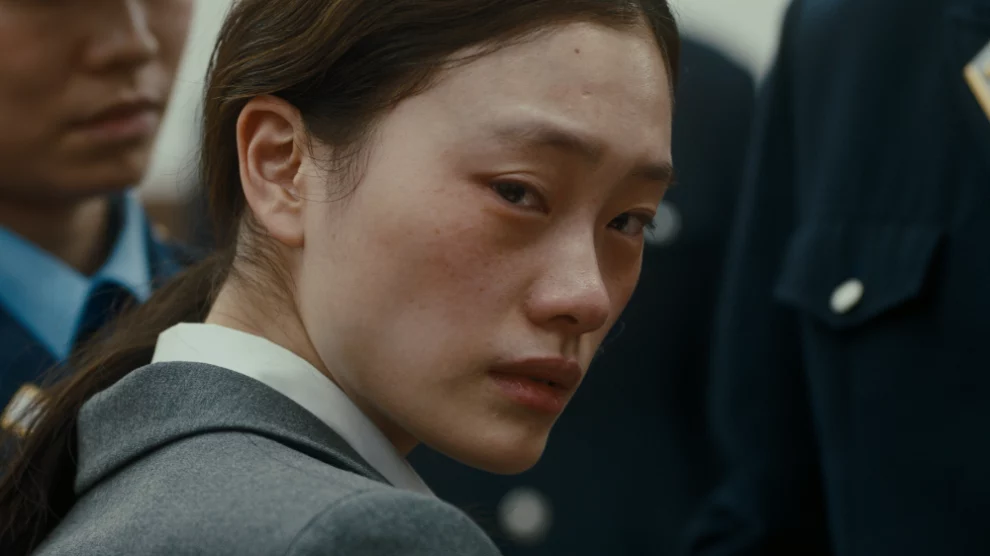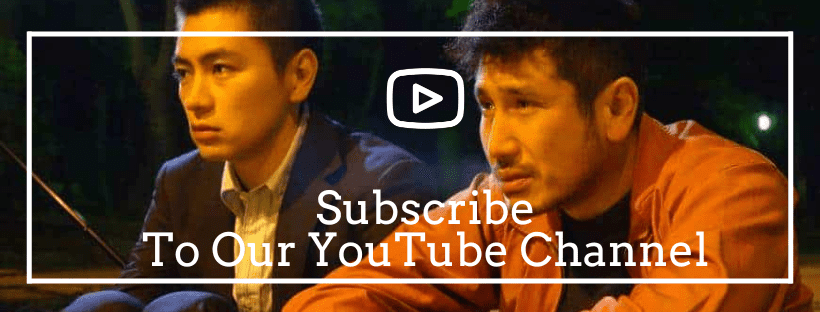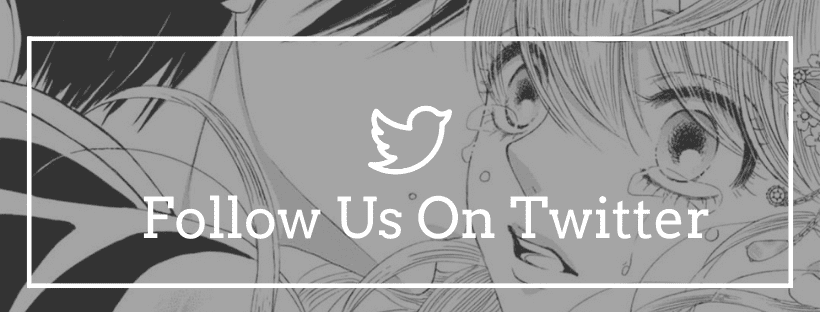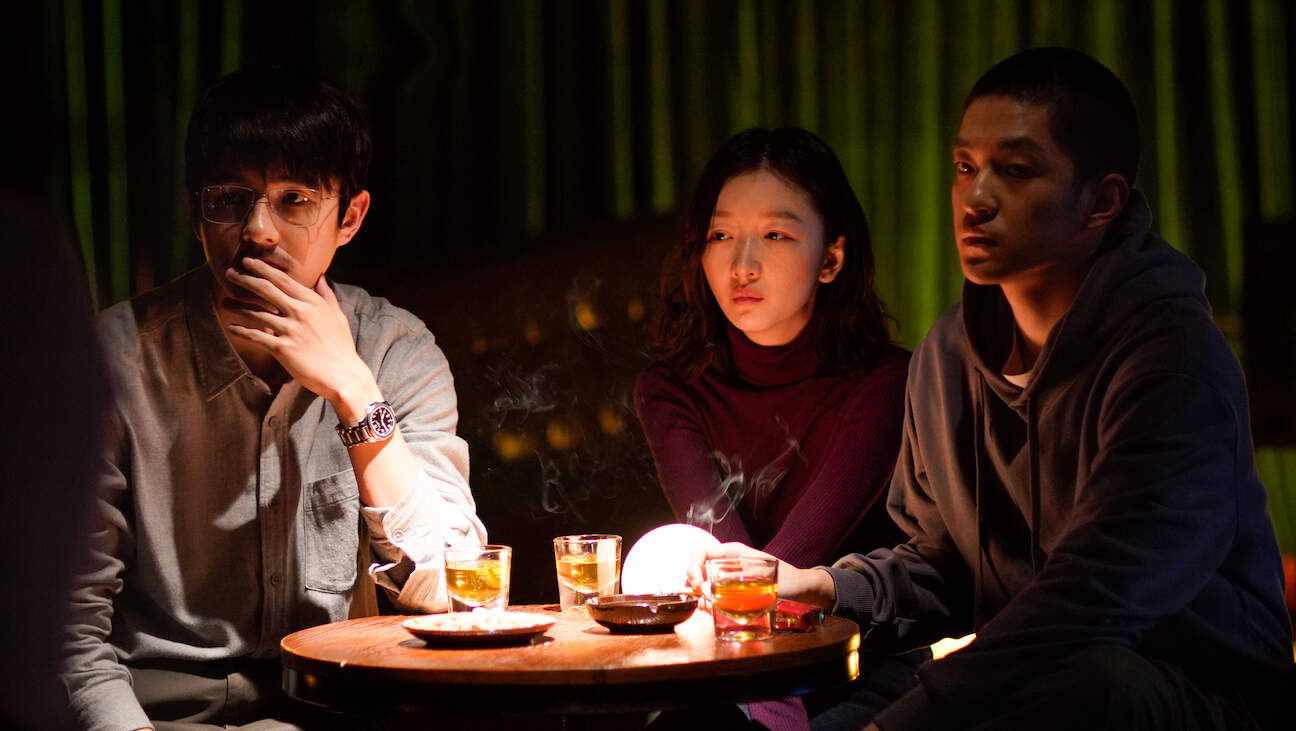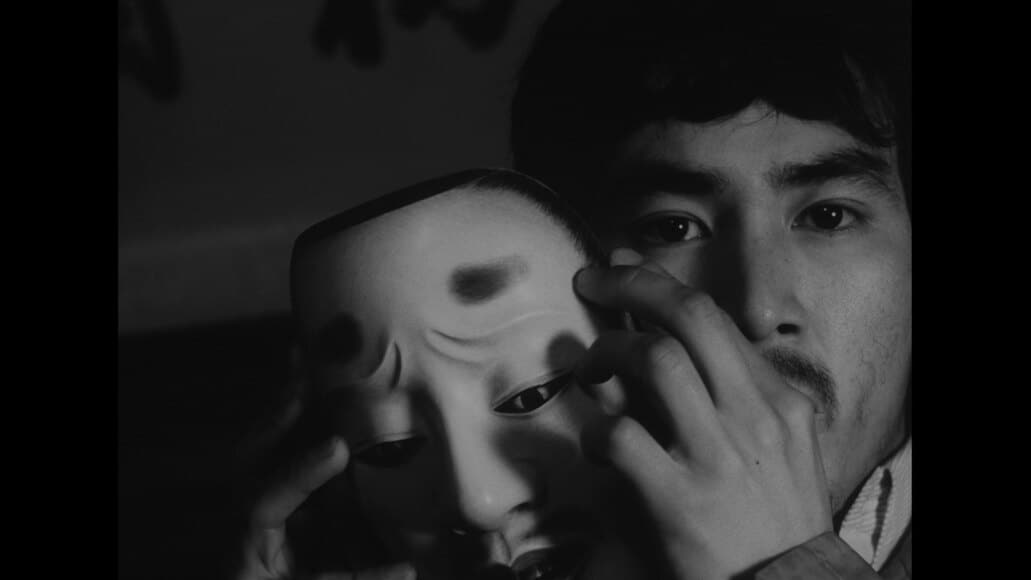Quite a weird year for Japanese cinema, since there was no definite masterpiece this year, in the fashion of “Shoplifters” for example, while short and mid-length movies seem to have been rising intently in quality, a tendency that actually extended to a number of Asian countries, including Korea. At the same time, the “issues” of Japanese cinema, particularly the lack of mid-budget films and the “Koreeda style” of filmmaking that usually results in invitations to (big) festivals continue to happen, and along with the #MeToo movement hitting the industry quite hard, resulted in a year for local productions that is by no means great. At the same time, however, the size of the industry in terms of number of productions still gave way to a number of titles to stand out, 20 of which are to be found here. This time, the main criteria, besides the always present diversity, is films whose filmmakers at least tried to do something different.
In any case, here are the best Japanese films of 2022, in reverse order. Some films may have premiered in 2021, but since they mostly circulated in 2022, we decided to include them.
20. Missing (Shinzo Katayama)

Shinzo Katayama has come up with a very interesting narrative that manages to incorporate the concept of the serial killer and a whodunit element, along with rather pointed remarks about suicide and euthanasia, caring for incapacitated people, family, and how criminals and murderers are created, all the while, however, retaining a somewhat flimsical approach that mostly derives from Satoshi's persona. (Panos Kotzathanasis)
19. Blink in the Desert (Shinobu Soejima)

Shinobu Shoejima creates a world where tension and grief seem to be the main ingredients, along with a sense that something dangerous is happening, which is also communicated by the excellent score by Marty Hicks and the uncanny sound efffects by Hisako Nakaoka and Nao Tawaratsumida. Understanding that the butterfly incident is actually a flashback and essentially the reason behind the tension of the two creatures, is not exactlly easy but it does happen, essentially giving a whole different hypostasis to the whole film. At the same time, the action itself seems to show that violence can come from everywhere, in this case from disgust, but always has consequences for both recipient and advocate. Lastly, that relief can come from doing exactly the opposite, when the opportunity appears, concludes the context of the short.
18. Shrieking in the Rain (Eiji Uchida)
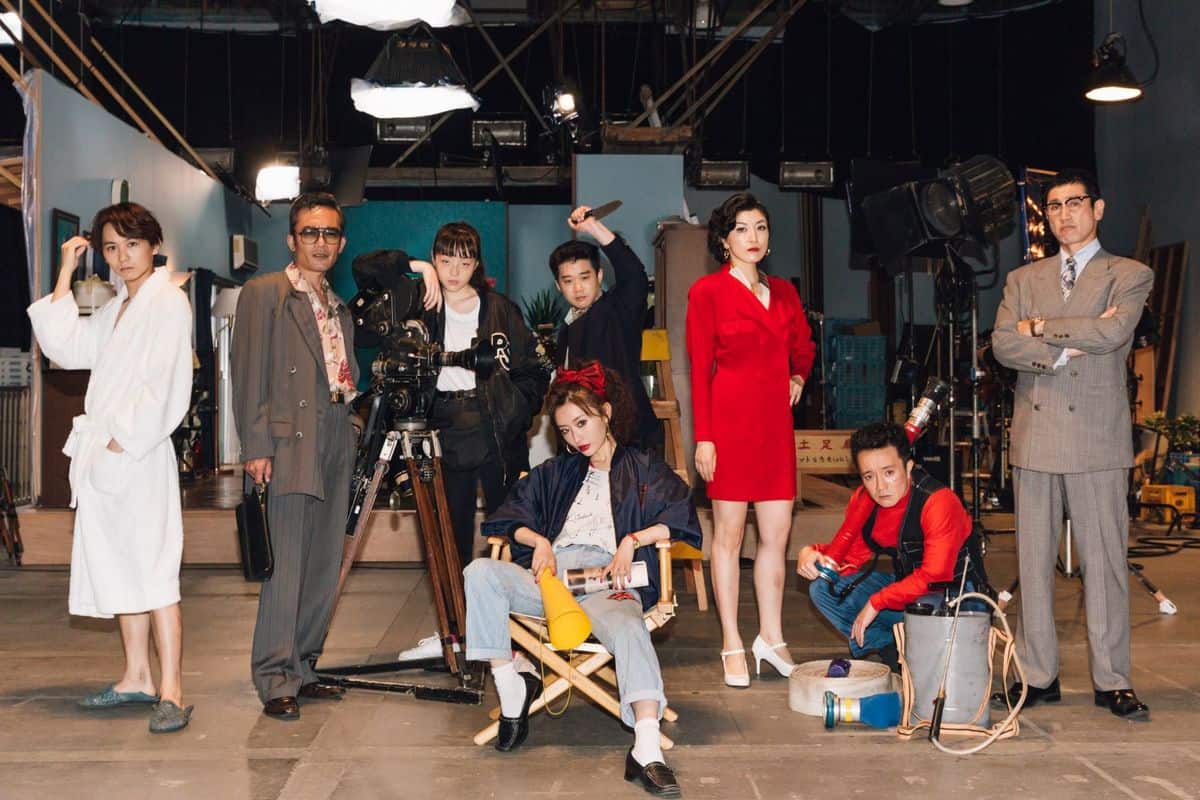
Eiji Uchida manages to highlight the reality of moviemaking in the most detailed and realistic fashion, with the plethora of characters appearing in the story presenting all of its aspects, including dubbing, art direction, sound and all the elements mentioned before. At the same time, and although the madness of shooting a movie is the permeating sentiment here, Uchida also induces the narrative with a sense of nostalgia by placing his story in the currently trending globally 80s, while also focusing on the fact that, in the end, the love for cinema is a driving force that can overcome every obstacle, and something that actually all involved in the industry are “injected” with. (Panos Kotzathanasis)
17. Lesson in Murder (Kazuya Shiraishi)

Despite some very easy solutions in order for the story to progress, Kazuya Shiraishi directs an intricate crime thriller, which focuses both on a whodunnit aspect but also in the portrait of a deep psychological transformation, which is filtered through a family drama. Furthemore, the elements of exploitation and of a court drama add even more to the slight genre mashup here, in an amalgam, though, that is handled excellently by Shiraishi. One of the main “tools” he uses to achieve this is the excellent placement of the various twists within the narrative, each of which adds another level to the story, occasionally even canceling the ones before. (Panos Kotzathanasis)
16. Ring Wandering (Masakazu Kaneko)

The first part, despite the travel-in-time sci-fi element, actually unfolds in realism, in the usual style of the Japanese indie, with characters of different quirkiness meeting each other and somewhat changing through their interactions. As such, the meeting of Sosuke with Midori emerges as one of the most interesting and entertaining aspects of the film, with the antithesis of the two, as the former is a laconic, keeping-his-distance type and the latter cheerful and essentially nosy, being highly rewarding to experience. Even more so after the appearance of her family, with the way the protagonist changes through this interaction being another great trait, as much as a testament to Show Kasamatsu's acting and his chemistry with Junko Abe. (Panos Kotzathanasis)
15. We're Dead (Yusuke Noro)
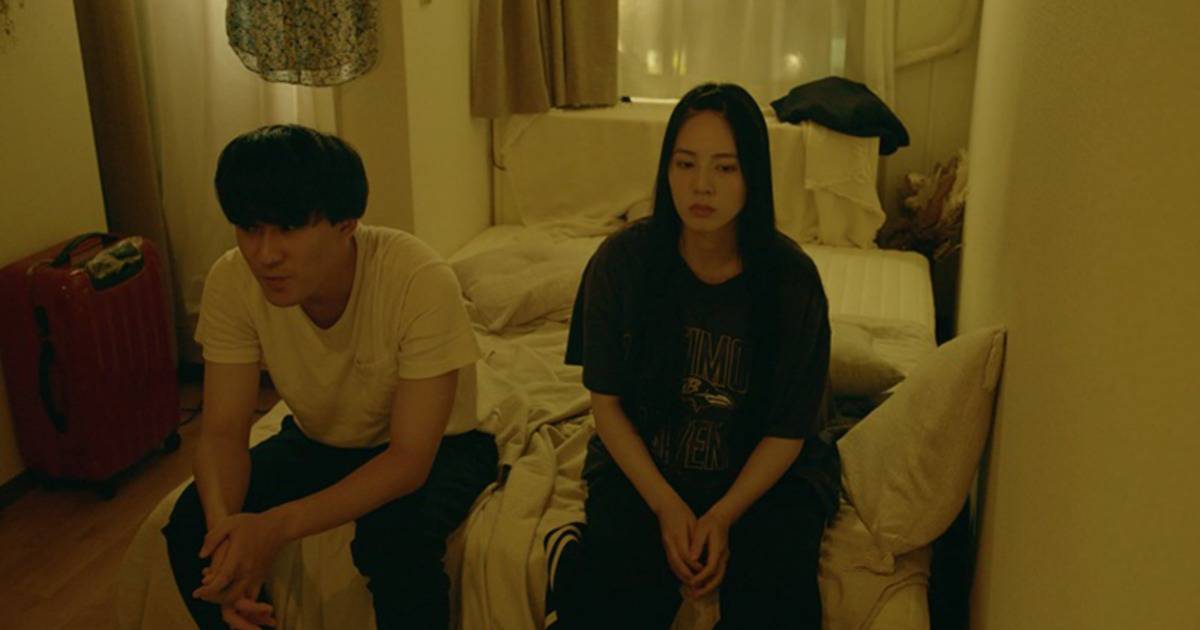
At the same time though, the interactions of the three result in a series of very interesting comments about relationships, love and how the work people do actually affects both the aforementioned. The fact that relationships are becoming more and more difficult in this contemporary setting is also remarked upon, with Noro seeming to state that immaturity, the lack of expression regarding one's feelings, and the self-centered way of thinking that characterizes many youths these days, make sincere and meaningful romantic interactions essentially impossible. (Panos Kotzathanasis)
14. I am a Comedian (Fumiari Hyuga)

Evidently, having won the utter trust of Muramoto, the documentarian stays rather close to him, both his professional and personal moments, who eventually are revealed to be utterly intertwined, as his life experiences dictate his comedy, to the point that events like his father's death become part of it. It is this sincerity and in-your-face-attitude, along with the ability to turn such dramatic events to comedy, that is what essentially allows Muramoto to stand out, while making his portrait so captivating. The same applies to his insistence to his belief that laughter can change the world, as much as his portrayal behind the stage, who is eloquently revealed as one of depression and probably alcoholism, for which making people laugh seems to be the only medicine. (Panos Kotzathanasis)
13. Bad City (Kensuke Sonomura)

Probably as expected, given the director's background and his previous feature, it should come as no surprise that the action and martial-arts-scenes in “Bad City” are top-notch. Excellently photographed and choreographed, the finale alone is worth checking out this movie, with the focus being on hand-to-hand-combat as well as blunt or sharp weapon, giving these moments a heightened sense of physicality and kinetic energy. In combination with the editing, these are definitely the formal high points in this thriller, but there are a few instances which are also worth pointing out. (Rouven Linnarz)
12. North Shinjuku 2055 (Daisuke Miyazaki)

Truth be told, the concept of a film that is exclusively presented through black-and-white photo stills, even at 35 minutes, does not sound particularly appealing. Miyazaki, however, manages to make the whole thing work, through a number of “tricks”. The first one is the actual story of the area, which is rather appealing, as its future premises actually comment on a number of notions that characterize present-day Japan in general, as the mentality of seclusion and the distaste for any kind of outsiders are still at large in the country. Furthermore, the yakuza-like rules, the past of the area that included many foreigners, violence, rap battles, mystery, and a series of omerta-like laws, as much as Mr K's own history add much depth and appeal to the overall script. Additionally, the interaction of the two men, which resembles more and more a cat-and-mouse game as time passes, particularly as the journalist bases his opinions on rumors and Mr K tries to explain reality, adds even more to this approach. (Panos Kotzathanasis)
11. The Fish Tale (Shuichi Okita)
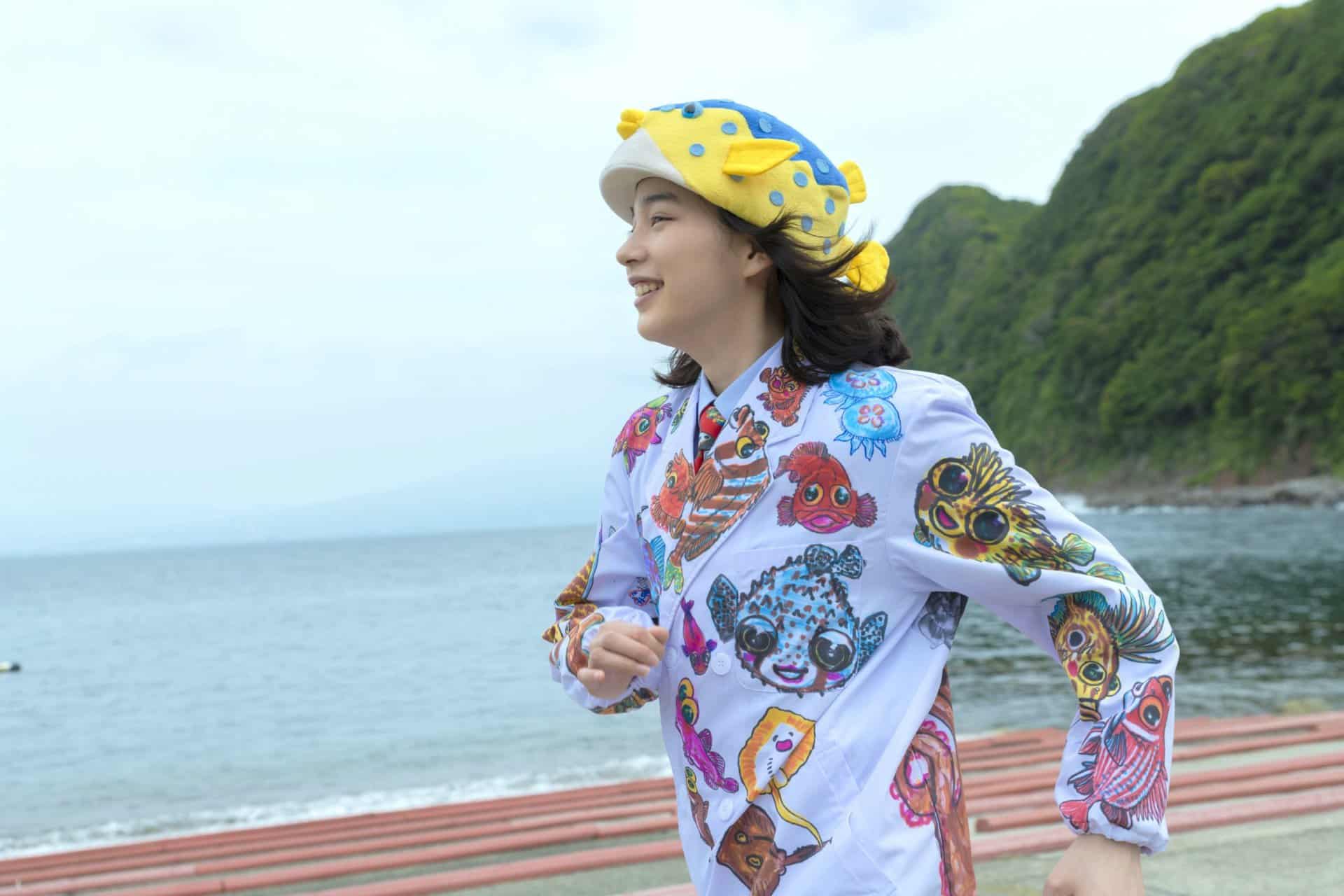
Shuichi Okita takes a number of creative liberties in this biopic of sorts, particularly in the beginning, where some fish appear as some sort of aliens, as much as Meebo does, who does not seem to have much to do with this world, at least as the others perceive it. Through all the quirkiness, though, a number of messages are presented here, in the most eloquent and intriguing fashion. (Japanese) society demands from people to mature, adapt, study hard and get a job according to their potential, with the people who are not, eventually treated as pariahs. Meebo's path however, highlights the fact that there are alternative, “not-normal” roads to success, and that following your obsession to the end can actually lead to great things, even if they probably will take a bit more time than the “right way”. That the protagonist remains cheerful even in the face of total failure also sends a message, as much as how important friendship and good parenting (essentially meaning understanding and supporting children even when they do not make sense) can be in the life of anyone. That her will to chase her dreams eventually brings a number of people around her, also sends a message in the same, anti-pariah path. (Panos Kotzathanasis)


